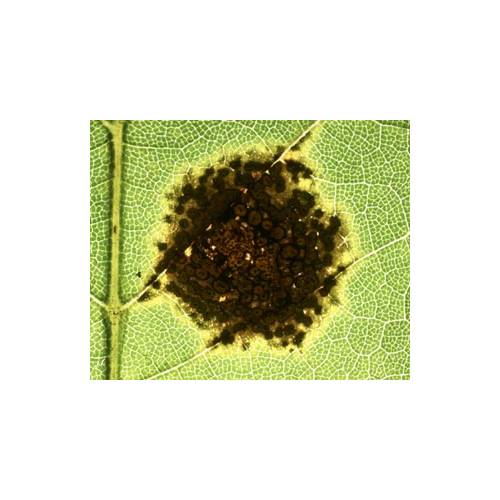
Diseases
Black stains on leaves
- Details
-
This problem is particularly found on roses but you can also find black spot on the leaves of certain maples and camellias.
The symptoms
Towards the end of the season, you will often find black circular stains of between 5mm and 1cm in diameter forming on the oldest leaves. The affected leaves yellow and drop off prematurely. Little by little, the lower part of the plant becomes totally bare. The diseased plants are often affected from one year to the next.
Lifecycle
Most of the time this disease is caused by a fungus that is encouraged by the mild temperatures and wet weather at the end of the season. It remains dormant in the soil for the rest of the year, developing only when the conditions are right and attacking the plant's tissue where it produces the germs that will re-infest the plant the following year.
How to fight it
Once the disease is present and has affected a large number of the leaves, it is difficult to stop it. It is therefore important to intervene as soon as the first signs of infection are noticed, using an anti fungal treatment. Spraying with a soluble sulphur or bouillie bordelaise solution is generally enough. Do it when the weather is dry and preferably the temperature is higher than 20 °C.
How to avoid it
Decrease the frequency of attacks from the disease by collecting the fallen leaves and burning them. At the end of autumn rake and scratch the soil around the base of the plant. This will limit the infection from the dead leaves in the following year. The other method of prevention involves choosing varieties resistant to this disease. For example among roses, the latest varieties are seldom attacked such as the variety 'Emera'. The traditional varieties like 'Queen Élisabeth' or 'Mme Meilland' are much more susceptible to this disease.
Good to know
In towns, the symptoms on the leaves may be due to pollution. Certain trees and shrubs do suffer from the intensity of exhaust fumes such as oaks. The only way of avoiding this is to plant pollution resistant plants such as magnolias or ginkgo. - Photos (1)

